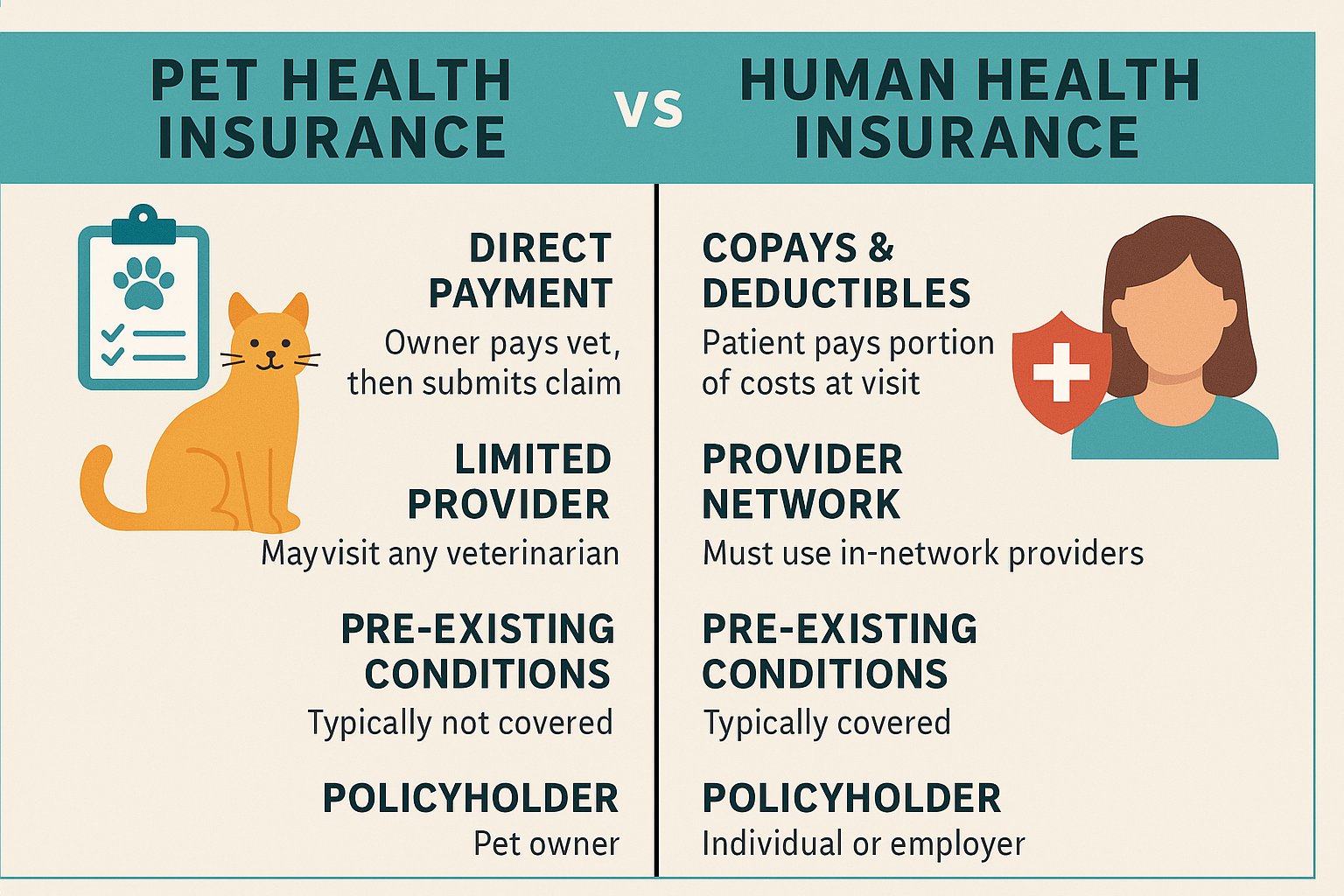
Health Insurance for Seniors: Medicare vs Private Plans
As seniors approach retirement age, understanding health insurance options becomes essential for both financial security and long-term wellness. In 2025, the debate between Medicare and private health insurance plans remains at the forefront of healthcare decisions for older adults. Choosing the right coverage is crucial, as it affects access to doctors, hospitals, prescription medications, and overall quality of care. While Medicare continues to serve as the foundational healthcare solution for millions of seniors in the United States, private plans—offered through Medicare Advantage or standalone insurance policies—are gaining popularity for their flexibility, added benefits, and competitive pricing. Knowing how these options compare is the first step in making an informed decision about health insurance during retirement.
Medicare is a federally funded program that provides health coverage primarily to individuals aged 65 and older, or younger people with certain disabilities. It is divided into four parts: Part A (hospital insurance), Part B (medical insurance), Part C (Medicare Advantage), and Part D (prescription drug coverage). Traditional Medicare (Parts A and B) offers access to any provider nationwide that accepts Medicare, with predictable costs and standardized coverage. However, it does not cover everything. Beneficiaries are still responsible for deductibles, coinsurance, and out-of-pocket costs unless they purchase supplemental coverage, often referred to as Medigap. For seniors seeking simplicity and broad provider access, Original Medicare with a Medigap plan is a stable and trusted choice.
On the other hand, private insurance companies offer Medicare Advantage plans (Part C), which bundle Parts A, B, and usually D into one plan. These plans often include additional benefits not covered by Original Medicare, such as vision, dental, hearing, wellness programs, and even fitness memberships. Many seniors are drawn to Medicare Advantage because of its low or $0 monthly premiums and out-of-pocket spending limits, features not available under Original Medicare. However, these plans typically operate through network-based care—such as HMOs or PPOs—meaning access to healthcare providers may be limited to a specific geographic region or network. While private Medicare Advantage plans may offer more perks, they can also require prior authorizations and referrals, making them less flexible than traditional Medicare in some cases.
Another private insurance route for seniors involves standalone plans, such as those offered on the individual market. These plans are not tied to Medicare but may appeal to early retirees under age 65 who need coverage before becoming eligible for Medicare. Once Medicare eligibility begins, these private individual plans usually transition out of relevance, unless seniors choose to keep a secondary policy for added protection. Premiums and coverage levels vary widely with private insurance, and seniors must carefully evaluate provider networks, prescription formularies, and overall costs when comparing plans.
Prescription drug coverage is another crucial factor for seniors choosing between Medicare and private plans. Under Original Medicare, beneficiaries must enroll in a standalone Part D plan to receive drug coverage. In contrast, most Medicare Advantage plans include integrated Part D coverage, simplifying management and potentially reducing costs. However, formularies and co-pays can vary significantly between plans, so seniors must compare options to ensure their medications are covered affordably.
When evaluating Medicare versus private insurance, seniors must also consider their lifestyle and future healthcare needs. Those who travel frequently or split time between multiple states may prefer the nationwide coverage of Original Medicare. Others who are relatively healthy and want low monthly premiums may find Medicare Advantage plans more appealing, especially when additional benefits are prioritized. Still, understanding the trade-offs—such as limited provider access or the risk of changing networks—is essential.
Ultimately, there is no one-size-fits-all answer when choosing between Medicare and private health insurance. The best choice depends on individual health conditions, financial situation, preferred providers, and long-term care expectations. In 2025, tools such as Medicare.gov and licensed insurance advisors can help seniors compare plan options based on ZIP code, drug needs, and expected care utilization. Whether opting for the flexibility and consistency of Original Medicare or the enhanced benefits and affordability of Medicare Advantage, the key is to review plans annually during open enrollment to ensure the best fit. With rising healthcare costs and increasing plan choices, staying informed and proactive is the best way for seniors to secure peace of mind and quality care in their retirement years.



